Choose the correct answer:
What happens when an exception is raised by an Action within an Activity that has been invoked asynchronously?
Choose the correct answer:
Consider the following diagram fragment:

Which statement is correct?
Choose the correct answer:
Which subclasses ofClassifiers can be parameterized and used as Template Parameters?
Choose the correct answer:
Consider the following diagram:
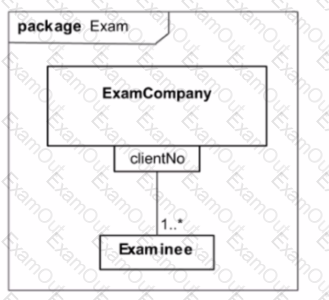
What kind of model element is chentNo?
Choose the correct answer: What is the value of EMOF?
Choose the correct answer:
What is the main purpose of the concept of Extent in MOF?
Choose the correct answer:
Which behavioral process can be modeled by a FunctionBehavior?
Choose the correct answer:
A behavior A is specified by an Activity. A specialized version B of the behavior shall also be specified
Which is a correct approach to model that scenario?
A)
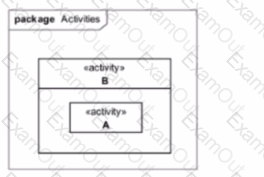
B)
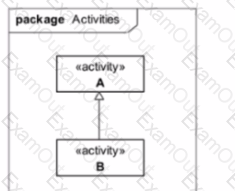
C)
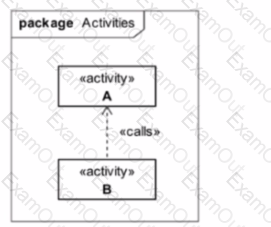
D)
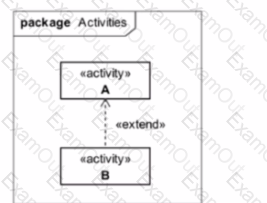
Choose the correct answer:
A group of programming language designers want to create classes that model typical data collections such as arrays, lists, maps. etc.
Their design must satisfy three conditions:
1. The collections must be parameterizable to support any data type.
2. Some collections must inherit from other collections to leverage reuse of functionality.
3. The implementation of the collection functions cannot be overridden.
Which UML concept should these designers use?
Choose the correct answer:
Which statement is correct about working with multiple profiles?

